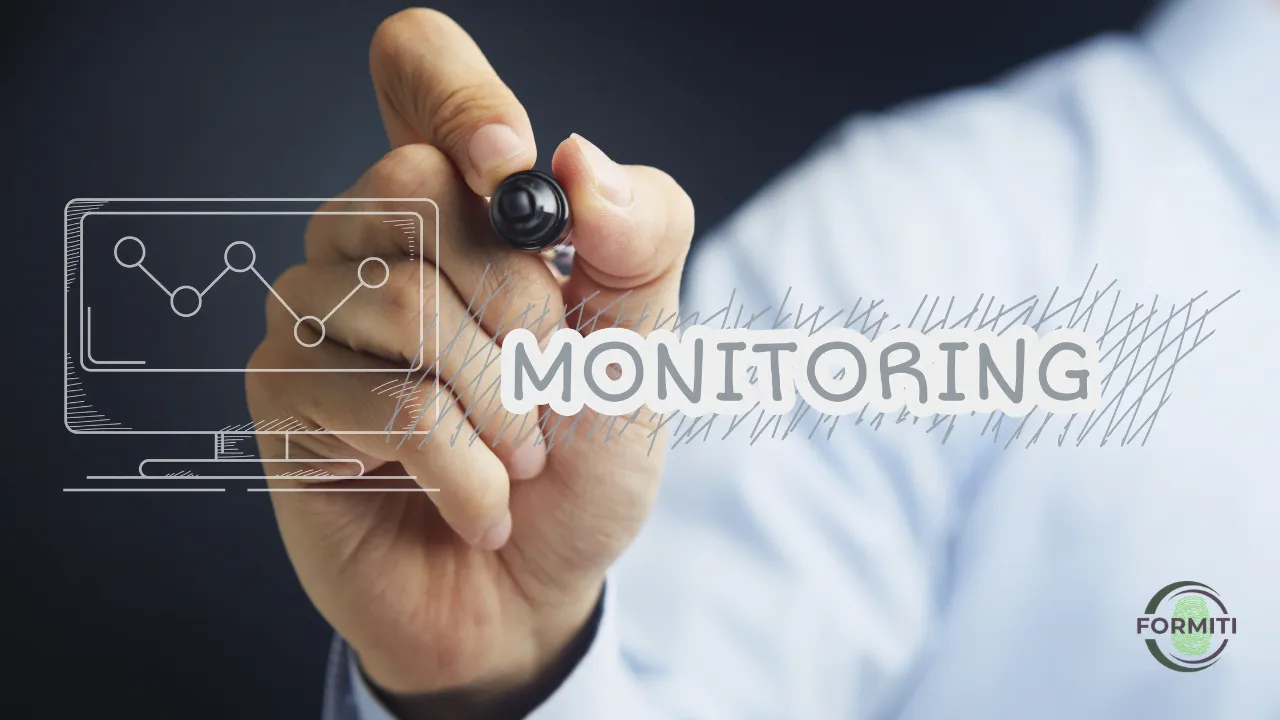Introduction
In the rapidly evolving digital landscape, employee data protection has become a paramount concern for organisations worldwide. The Information Commissioner’s Office (ICO) of the United Kingdom, recognising this critical need, has issued a comprehensive guidance document titled “Employment Practices and Data Protection – Monitoring Workers.” Released on October 3, 2023, this pivotal document seeks to assist employers in adeptly navigating the complexities of employee monitoring while staying compliant with the UK General Data Protection Regulation (UK GDPR) and the Data Protection Act 2018 (DPA 2018).
In a world increasingly driven by remote work and technological advancements, the importance of such guidance cannot be overstated. This article aims to dissect the key elements of this guidance, focusing on the implications for employers, especially in scenarios necessitating employee monitoring to ensure lawful conduct and avoid potential legal repercussions.
Monitoring within Legal Boundaries
The ICO’s guidance offers clarity: monitoring employees is permissible, but it must adhere to data protection laws. The Human Rights Act 1998, particularly Article 8, emphasises the right to respect for private and family life. This becomes crucial with the rise of homeworking, as employees’ expectations of privacy at home are significantly higher, raising the risks of intruding into their personal and family lives.
Employers must find a balance between their business interests and employees’ privacy rights under data protection law. The guidance outlines various scenarios and the expected level of fairness and justification in each. For instance, installing CCTV in areas like changing rooms, despite being a response to thefts, could breach privacy expectations and trust. Hence, employers must be meticulous in their approach, ensuring minimal intrusion while achieving their objectives.
Defining “Monitoring”
The ICO defines “monitoring workers” as any supervision or data collection regarding individuals performing work. This encompasses a broad spectrum of activities, including but not limited to:
- Camera surveillance, including wearable cameras for health and safety.
- Monitoring of electronic communications such as emails and chat messages.
- Keystroke monitoring and tracking of internet activity.
- Use of body-worn devices to track worker locations.
Employers need to conduct monitoring in a lawful, fair manner, respecting the privacy of workers.
Balancing Rights and Interests
The crux of data protection laws is to strike a balance between the employer’s business interests and the rights and freedoms of employees. This is particularly pertinent given the heightened expectation of privacy in remote working setups. Unfair monitoring practices can undermine employees’ trust, rights, and mental well-being.
Identifying a Lawful Basis for Monitoring
Employers must establish a lawful basis for data processing when monitoring employees. The ICO’s guidance outlines six potential lawful bases, each with its specific context and applicability. These include consent, contractual necessity, legal obligation, vital interests, public task, and legitimate interests. The ‘legitimate interests’ basis, while flexible, requires a careful assessment of the necessity and impact on workers’ rights.
The Nuance of Covert Monitoring
Covert monitoring, or monitoring designed to be hidden from employees, is generally not justifiable. However, there may be exceptional circumstances where it is warranted, such as preventing or detecting criminal activity. In such cases, employers must still abide by stringent legal and ethical standards to justify their actions.
Privacy Impact Assessments and Proportionality
The guidance strongly advocates for the execution of Data Privacy Impact Assessments (DPIAs) in situations where monitoring poses a high risk to employees’ data protection rights. This is crucial in determining the proportionality and necessity of monitoring activities.
Conclusion
The ICO’s recent guidance marks a significant step in delineating the boundaries and responsibilities of employers in monitoring their workforce. It underscores the need for a thoughtful, balanced approach that respects employee privacy while meeting business objectives. Employers must navigate this delicate balance with diligence and foresight, ensuring that their monitoring practices are not only lawful but also ethically sound. As the corporate world continues to evolve, adapting to these guidelines will be key in fostering a culture of trust and compliance in the modern workplace.
